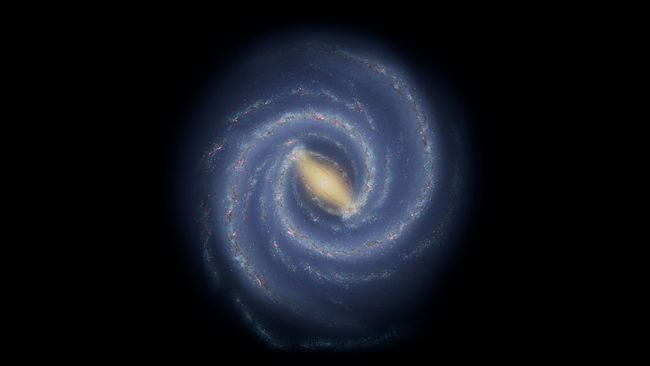How galaxy interactions affect their shape
For a long time, astronomers have been grappling with the mystery of the rarity of spiral galaxies, including the Milky Way—why do elliptical galaxies make up most of the universe?
A recent study using computer models found that the rarity of spiral galaxies is due to natural interactions between galaxies within the galactic plane, which smooth out potential spiral structures and lead to the formation of elliptical galaxies.

Stars in spiral galaxies like the Milky Way usually move in circular orbits around the center of their galaxies, but when two galaxies of comparable mass are close to each other, their orbits become unstable and their motion becomes chaotic. This leads to redistribution and mixing of stars, which ultimately leads to the disappearance of spiral structures and the formation of elliptical galaxies.
A simulation of the evolution of the universe explains why spiral galaxies are so rare
The interactions of large galaxies have other consequences. Not only do they disrupt the orbits of stars, but they can also lead to intense star formation, leading to the birth of many new stars.
Black holes, found at the centers of most large galaxies, can also be activated by galaxy interactions, which can slow the rate of new star formation after a merger and make the galaxy’s shape more elliptical.
The growth of the Milky Way occurs due to the absorption of smaller, dwarf galaxies. However, due to their small size, these galaxies do not significantly influence the shape of our Galaxy. However, it is expected that the upcoming collision of the Milky Way with the Andromeda Galaxy in four billion years may have a final impact on the structure of our Galaxy. Andromeda has comparable or even greater mass compared to our galaxy.
Models predict that as it evolves and changes shape, the possibility of an elliptical galaxy returning to its original spiral shape is probably not feasible. In spiral galaxies with sufficient gas reserves, the formation of new stars is possible, which can fill the spiral structures. However, elliptical galaxies usually do not have enough gas for such processes.
Currently, a group of researchers is working to improve computer models to more accurately match the observed processes. This will help improve our understanding of the universe and perhaps identify inconsistencies or errors in the current knowledge base.




